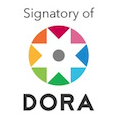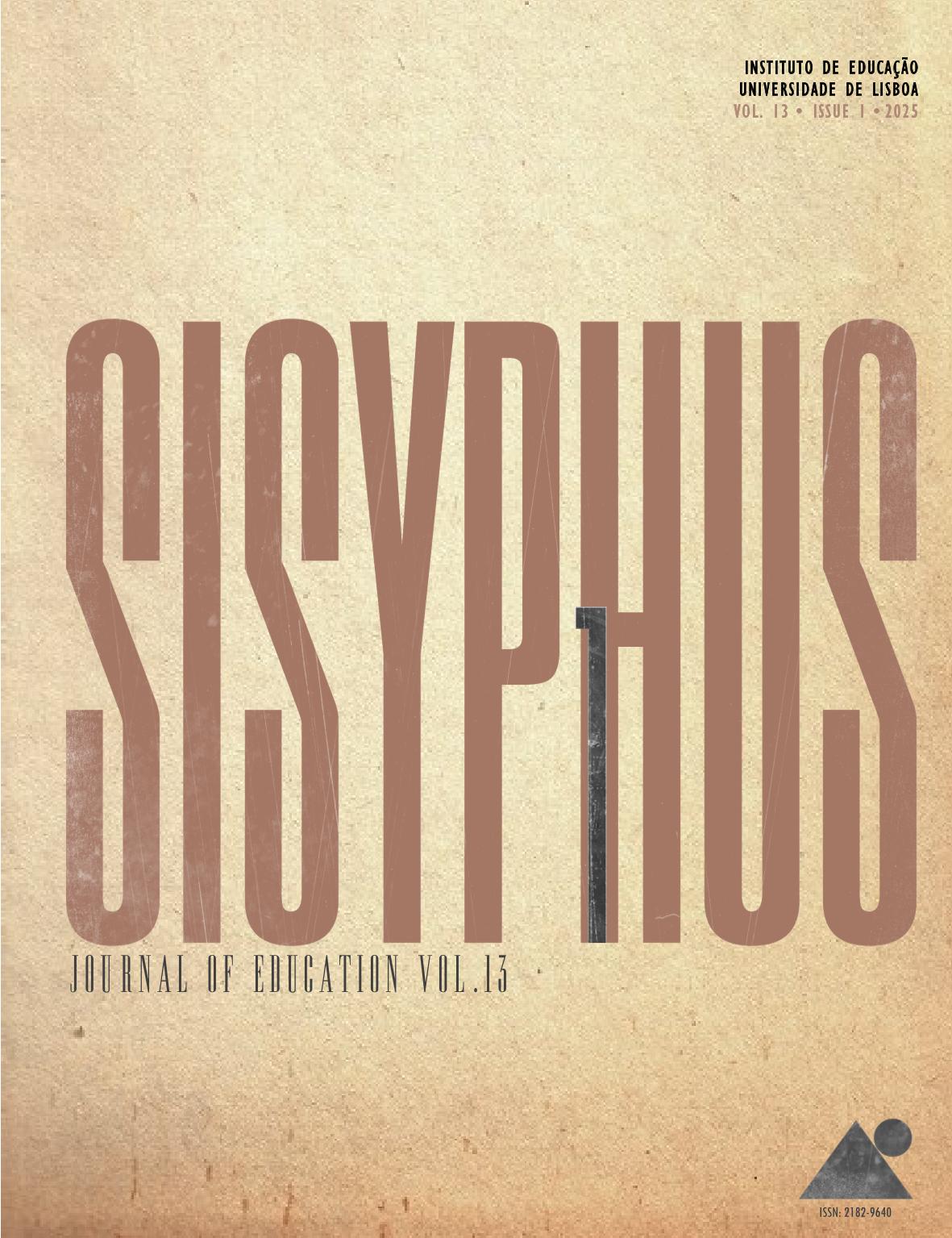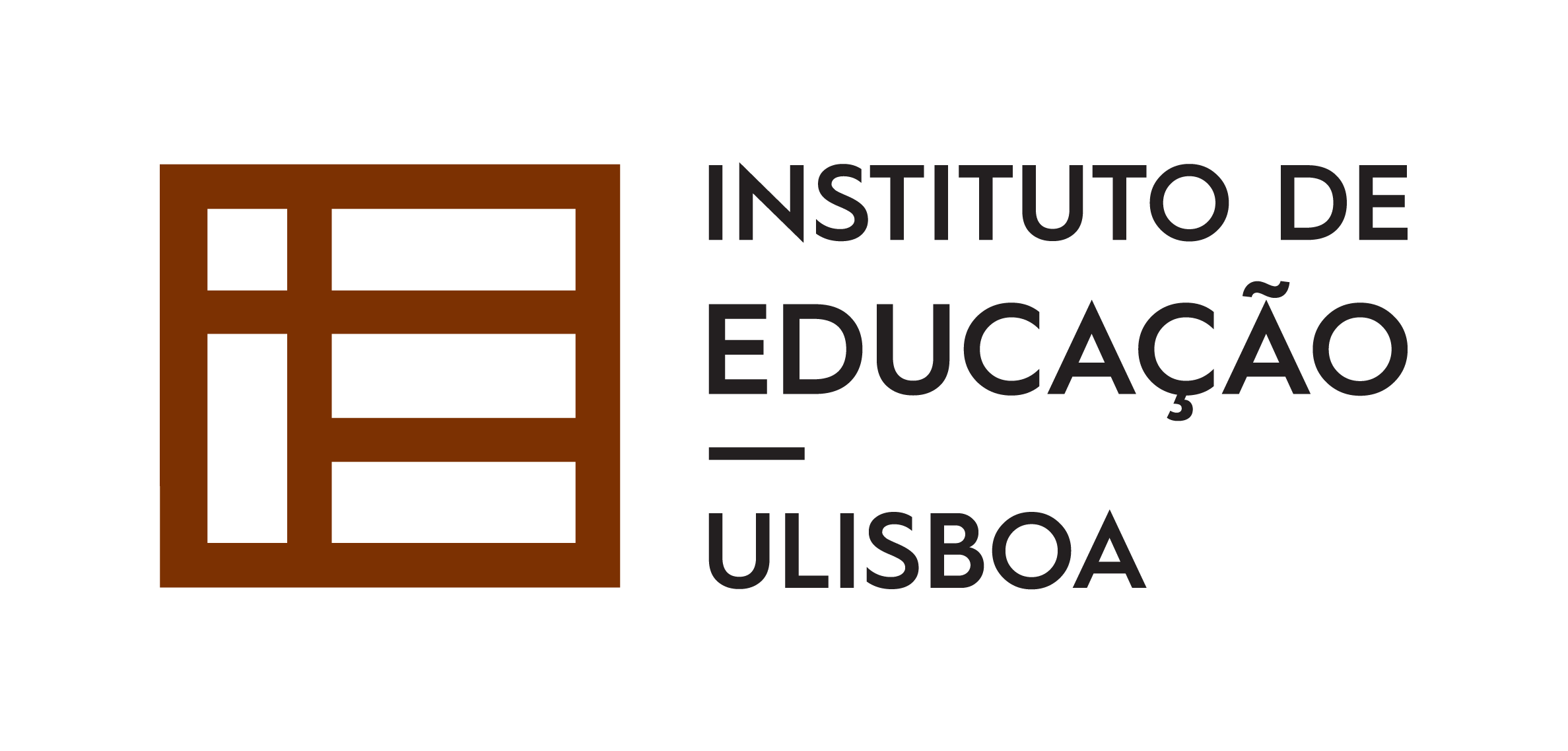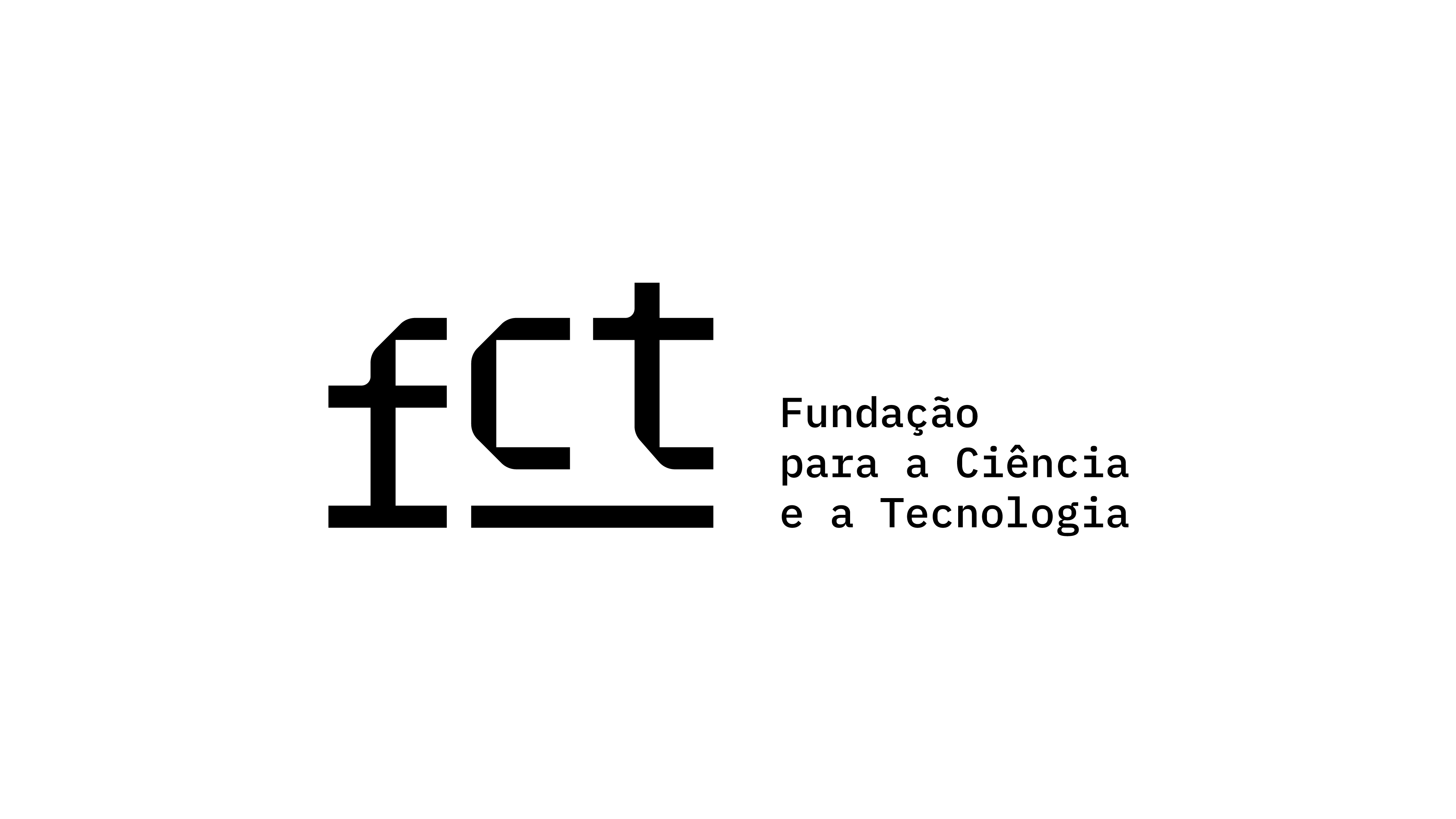Shaping the Future of Collaborative Writing in Educational Settings
Emerging Trends and Research Opportunities
DOI:
https://doi.org/10.25749/sis.38156Keywords:
collaborative writing, semi-systematic literature review, SPAR4-SLR protocolAbstract
Interest in collaborative writing in educational settings has increased over time, but research on this subject is broad, covering several topics across different learning contexts. To outline potential gaps or emerging trends for future research, a semi-systematic literature review was conducted on the Scopus database between 2023 and May 2024, following the SPAR4-SLR protocol. This process resulted in a corpus of 24 scientific articles, whose findings were analysed according to the categories of interaction, instruction, language learning, technology integration and distance learning, contextual elements and others. While the dynamics of interaction and the use of collaborative writing in language learning were extensively discussed within the sample, explicit instruction, technology integration, the impact on writing quality, and the association with the writing process were identified as topics requiring further research. The need for more studies at the primary, middle and secondary levels was also recognised.
Downloads
References
Barbeiro, L. F., Pereira, L. A., Calil, E., & Cardoso, I. (2022). Termos metalinguísticos e operações de natureza gramatical na escrita colaborativa dos alunos do ensino básico. Tejuelo, 35(2), 45-76. https://doi.org/10.17398/1988-8430.35.2.45
Basterrechea, M., & Gallardo-del-Puerto, F. (2003). Collaborative writing and patterns of interaction in young learners: The interplay between pair dynamics and pairing method in LRE production. Vigo International Journal of Applied Linguistics, 20, 49-76. https://doi.org/10.35869/vial.v0i20.4354
Boscolo, P. (2008). Writing in Primary School. In C. Bazerman (Ed.), Handbook of Research on Writing (pp. 293-309). Lawrence Erlbaum Associates.
Dobao, A. F., & Blum, A. (2013). Collaborative writing in pairs and small groups: Learners’ attitudes and perceptions. System, 41(2), 365-378. https://doi.org/10.1016/j.system.2013.02.002
Faneca, R. (2020). O contributo do kamishibai plurilingue na promoção da escrita colaborativa de textos narrativos. Indagatio Didactica, 12(2), 219-238. https://doi.org/10.34624/id.v12i2.17484
Flower, L., & Hayes, R. (1981). A Cognitive Process Theory of Writing. College Composition and Communication, 32(4), 365-387. https://doi.org/10.2307/356600
Fonseca, G. R., & Nunes, F. A. (2019). Escrever em conjunto para aprender a escrever – uma experiência de escrita colaborativa no 1.º ciclo do ensino básico no Agrupamento de Escolas da Lourinhã. Da Investigação às Práticas: Estudos De Natureza Educacional, 9(2), 132-151. https://doi.org/10.25757/invep.v9i2.183
Graham, S. (2018). A Revised Writer(s)-Within-Community Model of Writing. Educational Psychologist, 53(4), 258-279. https://doi.org./10.1080/00461520.2018.1481406
Graham, S. (2019). Changing how writing is taught. Review of Research in Education, 43(1), 277-313. https://doi.org/10.3102/0091732X18821125
Harris, K. R., & McKeown, D. (2022). Overcoming barriers and paradigm wars: Powerful evidence-based writing instruction. Theory Into Practice, 61(4), 429-442. https://doi.org/10.1080/00405841.2022.2107334
Herder, A., Berenst, J., Glopper, K. de, & Koole, T. (2018). Nature and function of proposals in collaborative writing of primary school students. Linguistics and Education, 46, 1-11. https://doi.org/10.1016/j.linged.2018.04.005
Kılınç, B.O., & Yüksel, H.G. (2024). Online collaborative writing in an online EFL writing class. Research and Practice in Technology Enhanced Learning, 19(22), 2-16. https://doi.org/10.58459/rptel.2024.19022
Kitjaroonchai, N., & Loo, D.B. (2023). Who Are Active and Inactive Participants in Online Collaborative Writing? Considerations From an EFL Setting. Theory and Practice in Language Studies, 13(10), 2565-2576. https://doi.org/10.17507/tpls.1310.15
Kos, T. (2023). Young EFL Learners Collaboratively Writing a Dialogue During a Regular Classroom Lesson. International Journal of English Studies, 23(1), 49-79. https://doi.org/10.6018/ijes.511241
Liou, H.-C., & Chiang, P.-E. (2024). Online interaction, emotions, and EFL learners’ grit in collaborative writing. The JALT CALL Journal, 19(1), 71-91. https://doi.org/10.29140/jaltcall.v19n1.1016
Lowry, P. B., Curtis, P., & Lowry, M. R. (2004). Building a Taxonomy and Nomenclature of Collaborative Writing to Improve Interdisciplinary Research and Practice. Journal of Business Communication, 41(1), 66-99. https://doi.org/10.1177/0021943603259363
Lu, X., & Kim, S., (2021). A systematic review of collaborative writing implementation in K-12 second language classroom. TEFLIN Journal, 32(1), 51-71. https://doi.org/10.15639/teflinjournal.v32i1/50-71
Martins, J. C. F. F. M. (2013). Os efeitos de diferentes práticas pedagógicas nas narrativas de alunos de 7.º e 8.º anos de escolaridade. In L. A. Pereira & I. Cardoso (Coords.), Reflexão sobre a escrita. O ensino de diferentes géneros de textos (pp. 123-144). UA Editora.
Morley, C., & Aston, S. (2023). Overcoming isolation with community-based digital writing initiatives. Journal of University Teaching & Learning Practice, 20(2). https://doi.org/10.53761/1.20.02.03
Mozaffari, S. H. (2023). The Effects of EFL Learners’ Attitudes on Participation and Learning During Collaborative Writing. The Electronic Journal for English as a Second Language, 27(2), 1-24. https://eric.ed.gov/?id=EJ1401863
Myatt, A. J. (2023). Teaching team writing online during and after COVID-19. Journal of University Teaching & Learning Practice, 20(2). https://doi.org/10.53761/1.20.02.09
OECD. (2018). OECD future of education and skills 2030: OECD learning compass 2030. https://www.oecd.org/content/dam/oecd/en/about/projects/edu/education-2040/1-1-learning-compass/OECD_Learning_Compass_2030_Concept_Note_Series.pdf
Paul, J., Lim, W. M., O’Cass, A., Hao, A. W., & Bresciani, S. (2021). Scientific procedures and rationales for systematic literature reviews (SPAR-4-SLR). International Journal of Consumer Studies, 45(4), 1-16. https://doi.org/10.1111/ijcs.12695
Riis-Johansen, M. O., & Myran, I. H. (2023). Patterns in naturally occurring interactions in early writing instruction. Journal of Early Childhood Literacy, 0(0), 1-22. https://doi.org/10.1177/14687984231213475
Roxas, M. J. (2023). Collaborative Research Writing in the New Normal: Students’ Views, Challenges, Coping Strategies, and Takeaways. Journal of Learning for Development, 10(2), 297-311. https://doi.org/10.56059/jl4d.v10i2.829
Salo, A.-E., Routarinne, S., Juvonen, R., & Kaasinen, A. (2023). Participatory roles adopted by elementary students when writing collaboratively in environmental and social studies classrooms. Journal of Writing Research, 15(1), 73-103. https://doi.org/10.17239/jowr-2023.15.01.04
Snyder, H. (2019). Literature review as a research methodology: An overview and guidelines. Journal of Business Research, 104, 333-339. https://doi.org/10.1016/j.jbusres.2019.07.039
Storch, N. (2005). Collaborative writing: Product, process, and students’ reflections. Journal of Second Language Writing, 14(3), 153-173. https://doi.org/10.1016/j.jslw.2005.05.002
Storch, N. (2011). Collaborative Writing in L2 Contexts: Processes, Outcomes, and Future Directions. Annual Review of Applied Linguistics, 31, 275-288. https://doi.org/10.1017/S0267190511000079
Svenlin, M., & Jusslin, S. (2023). Thinking brainstorming as otherwise in collaborative writing: A rhizoanalysis. Linguistics and Education, 77, 1-13. https://doi.org/10.1016/j.linged.2023.101218
Svenlin, M., & Sørhaug, J. O. (2022). Collaborative Writing in L1School Contexts: A Scoping Review. Scandinavian Journal of Educational Research, 67(6), 980-996. https://doi.org/10.1080/00313831.2022.2115128
Teng, M. F., & Huang, J. (2023). The effects of incorporating metacognitive strategies instruction into collaborative writing on writing complexity, accuracy, and fluency. Asia Pacific Journal of Education, 43(4) 1071-1090. https://doi.org/10.1080/02188791.2021.1982675
Wigglesworth, G., & Storch, N. (2009). Pair versus individual writing: Effects on fluency, complexity and accuracy. Language Testing, 26(3), 445-466. https://doi.org/10.1177/0265532209104670
Downloads
Published
Issue
Section
License
Copyright (c) 2025 Sisyphus — Journal of Education

This work is licensed under a Creative Commons Attribution-NonCommercial 4.0 International License.
Copyright (c) belongs to Sisyphus - Journal of Education. However, we encourage issued articles to be published elsewhere, provided that Sisyphus authorization is asked for and that authors integrate our original source citation and a link to our website.
Author Self-Archiving Policy
Author(s) are permitted to self-archive the final published version in institutional or thematic repositories, and in their personal or institutional websites.
DORA Signer
The Instituto de Educação da Universidade de Lisboa, Sisyphus' Publisher, is a San Francisco Declaration on Research Assessment signer.






